Disclosure: This article contains affiliate links. We may earn a commission from purchases at no extra cost to you, which helps our travel content.
The first time I saw Georgetown's harbor at dawn, I nearly dropped my camera. The light here doesn't just illuminate – it transforms. That golden Caribbean sun breaking over Saint Vincent's volcanic silhouette created a palette that defied my camera's sensor and my own vocabulary. After documenting monasteries across three continents, I've developed a particular appreciation for places where light, history, and landscape converge in unexpected harmony. Georgetown, this often-overlooked gem of Saint Vincent and the Grenadines, offers exactly this rare convergence. While cruise ships occasionally deposit day-trippers at nearby ports, the real Georgetown – with its colonial architecture, vibrant local culture, and dramatic coastal vistas – remains delightfully uncrowded and authentically itself. This past winter, I dedicated a week to capturing its essence, tripod in hand and curiosity as my compass.
The Golden Hours: Prime Photography Locations
Georgetown presents a unique challenge for photographers: how to capture both its historical essence and natural splendor without falling into postcard clichés. After seven sunrises and sunsets experimenting with angles and locations, I've identified the prime positions for that perfect golden hour shot.
For sunrise enthusiasts, position yourself along the eastern harbor wall about 45 minutes before dawn. The gradual illumination of the fishing boats against the backdrop of the town's colonial buildings creates a composition that balances human elements with the dramatic natural setting. I found my travel tripod essential here – the compact carbon fiber version packs down impressively small yet provides rock-solid stability for those long exposures as light gradually fills the harbor.
Sunset offers equally compelling opportunities but requires a different approach. The hilltop ruins of Fort Charlotte provide the classic panoramic view, but I discovered a less-frequented spot that locals pointed me toward: the small promontory just north of Georgetown Cemetery. Here, the setting sun casts the entire town in a warm amber glow while fishing boats return to harbor, creating dynamic foreground elements against the static architecture.
Midday shooting is typically challenging in tropical locations, but Georgetown's narrow streets create fascinating shadow patterns between 11am and 2pm. The contrast between brilliant white walls and deep shadow provides dramatic black and white opportunities that tell a different story about the town's character.
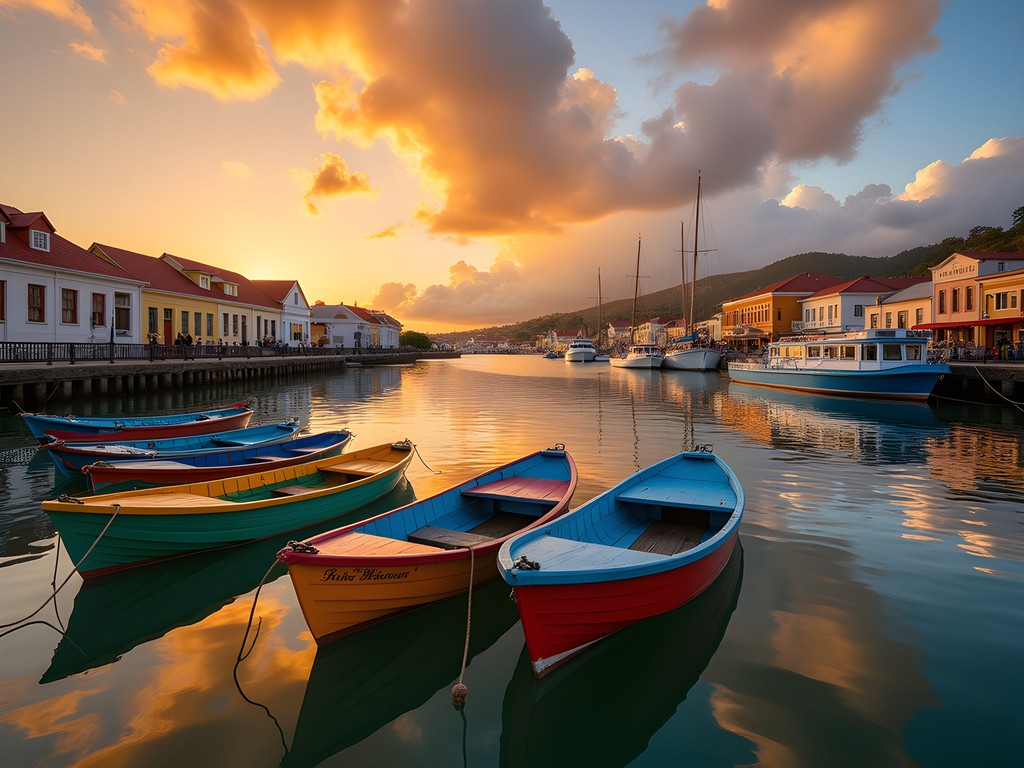
💡 Pro Tips
- Arrive at sunrise locations 45 minutes before actual sunrise to capture the full evolution of light
- For midday shooting, convert to black and white to emphasize shadow patterns and textures
- The harbor is most active with fishing boats between 5:30-7:00am, adding dynamic elements to compositions
Beyond the Obvious: Hidden Photographic Gems
While Georgetown's postcard views certainly deserve attention, my most compelling images emerged from places absent from guidebooks and Instagram geotags.
First, seek out the abandoned cocoa processing facility about a 20-minute walk inland from the harbor. Local permission is respectfully required (and easily obtained), but the effort rewards you with a photographer's dream: shafts of light penetrating a partially collapsed roof, illuminating antique machinery slowly being reclaimed by tropical vegetation. The contrast of industrial artifacts against nature's persistence creates images with both historical depth and visual drama.
Second, the small fishing community at the northern edge of town offers intimate documentary opportunities. I spent three mornings here, gradually becoming a familiar face rather than an intruding lens. By the third day, fishermen were inviting me to photograph their traditional net-mending techniques and the careful preparation of boats. These human moments often become the soul of a travel portfolio.
My most unexpected discovery came through a wrong turn while seeking a rumored waterfall. Instead, I found a small valley where local farmers cultivate vibrant tropical flowers for export. The geometric patterns of cultivation against the wild mountainous backdrop created compositions that balanced order and chaos in fascinating ways.
For these varied shooting conditions, I relied heavily on my versatile zoom lens. Its weather sealing handled brief tropical showers, while the versatile focal range meant I could quickly adapt from environmental portraits to detailed closeups without changing lenses in humid conditions.
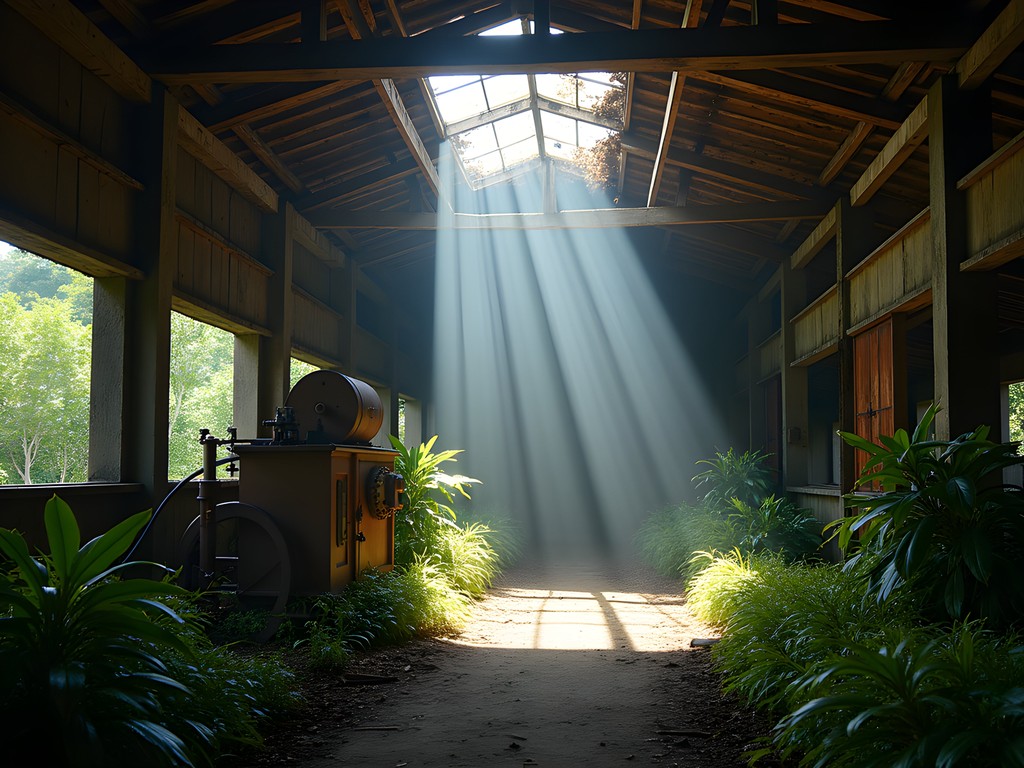
💡 Pro Tips
- Always ask permission before photographing people or private property – a smile and basic courtesy opens many doors
- Early morning provides not just good light but also authentic local activity before the tourist day begins
- Bring lens cleaning supplies – the combination of salt air and humidity creates constant challenges for keeping glass clear
Capturing Local Life: Markets & Cultural Photography
Georgetown's weekly market (Saturdays, 6am-noon) provides a concentrated burst of color, culture and photographic opportunity that I found irresistible. Unlike more tourist-oriented Caribbean markets, Georgetown's remains primarily functional for locals, making it an authentic window into daily life.
The key to respectful market photography lies in your approach. I spent the first hour without my camera, simply wandering, purchasing fruits, and establishing myself as a curious visitor rather than an exploitative observer. This investment pays dividends when you finally bring the viewfinder to your eye.
The produce section offers compelling still-life opportunities – pyramids of mangoes catching morning light, bundles of unusual root vegetables arranged with unconscious artistic precision. But it's the interaction between vendors and customers that tells the real story of Georgetown's community fabric.
For this environment, I switched to my prime lens which allowed me to work in lower light under the market canopies while maintaining a discreet profile. The fixed focal length also pushed me to move physically rather than rely on zoom, making me a more engaged participant in the space.
Beyond the market, Georgetown's calendar includes several lesser-known cultural events worth planning around. I timed my visit to coincide with the small-scale Fisherman's Day celebrations in the second week of February. The blessing of the boats ceremony at dawn created haunting silhouettes against the morning sky, while the afternoon fish cooking competition provided vibrant scenes of culinary tradition and community pride.
Remember that genuine cultural photography requires genuine cultural interest. The questions you ask between shots often matter more than the shots themselves – not just for ethical reasons, but because they lead you to deeper visual stories.

💡 Pro Tips
- Visit markets twice – first without a camera to establish rapport, then return for photography
- For indoor market shots, use a wide aperture lens but be mindful of limited depth of field
- Ask permission for portraits by showing genuine interest in vendors' products or crafts first
Technical Challenges: Mastering Caribbean Light
Georgetown's light presents specific technical challenges that took me several days to fully master. The Caribbean sun creates extreme dynamic range situations that push even the best camera sensors to their limits. After much experimentation, I developed a workflow that consistently delivered images capturing both the brilliant highlights and rich shadows that define this place.
First, I abandoned my usual approach of protecting highlights at all costs. In Georgetown's context, slightly blown-out white buildings actually convey the sensory experience of the place more accurately than a technically perfect exposure. Instead, I focused on preserving the rich shadow details in doorways, under market canopies, and beneath the dense foliage that frames many compositions.
Bracket exposures liberally, especially during the dramatic transition periods of early morning and late afternoon. Georgetown's light changes rapidly during these golden hours, and what appears manageable to the eye often exceeds the camera's dynamic range. I typically shot 3-5 exposure brackets (1-stop intervals) for scenes with architectural elements against sky.
The persistent challenge of haze requires attention to both in-camera technique and post-processing approaches. A polarizing filter became indispensable not just for managing reflections but for cutting through the atmospheric haze that often obscures the dramatic volcanic backdrop of Saint Vincent.
My lens filters proved invaluable for these conditions. The combination of variable neutral density and circular polarizer functions allowed me to manage challenging light while maintaining a streamlined kit – crucial when navigating Georgetown's steep streets in midday heat.
Finally, don't underestimate the impact of humidity on equipment. My routine evolved to include nightly sensor cleaning and storing gear with desiccant packets. Even weather-sealed equipment benefits from this extra attention in Georgetown's climate.
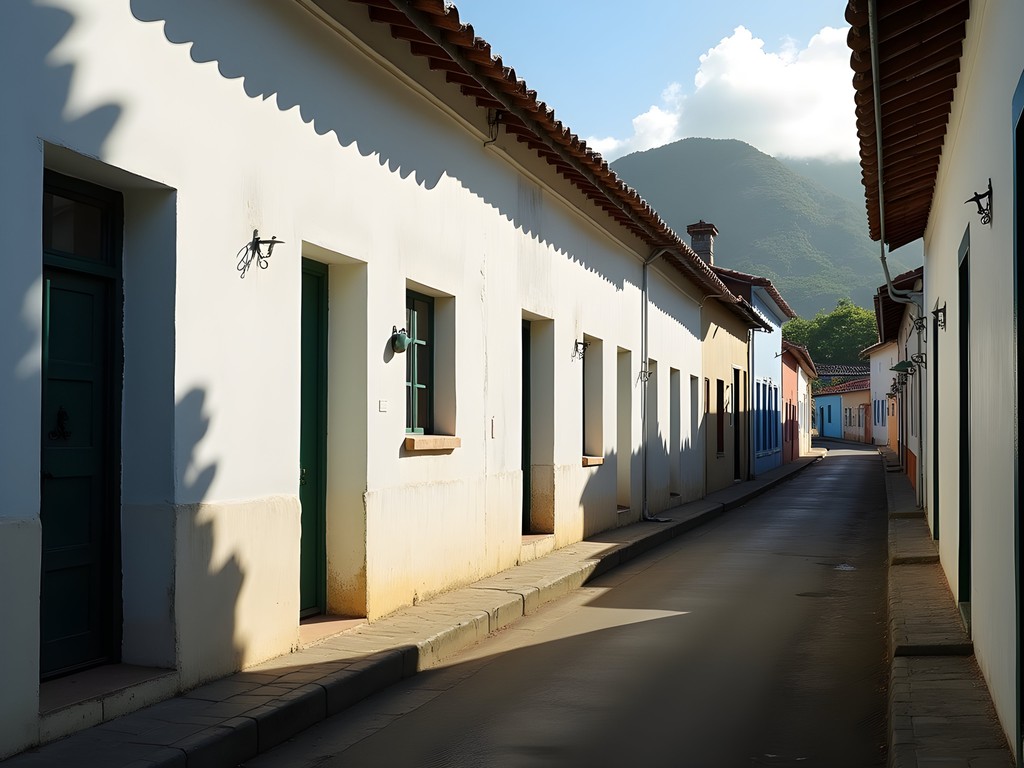
💡 Pro Tips
- Bracket exposures liberally – Georgetown's light creates extreme dynamic range situations
- Use polarizing filters not just for reflections but to cut through atmospheric haze
- Store camera gear with silica gel packets overnight to combat the effects of humidity
Local Connections: Photography as Cultural Exchange
My most treasured images from Georgetown emerged not from planning but from connection. The camera, often perceived as a barrier between photographer and subject, can become a bridge when approached with genuine curiosity and respect.
On my third day, I found myself invited into the workshop of Mr. Clarence, one of the last traditional boat builders in Georgetown. What began as a polite request to photograph his tools became a three-day documentary project as he walked me through the process of crafting the distinctive fishing vessels that dot the harbor. His weathered hands against freshly planed wood created compositions that spoke to both tradition and craftsmanship.
Similarly, an afternoon spent showing local children the basics of composition led to an invitation to a family gathering where I captured candid moments of multi-generational connection. These images hold emotional weight that no carefully composed landscape can match.
The key to these opportunities lies in approach. I make it a practice to travel with a small portable printer (the portable photo printer has served me faithfully across four continents). The ability to immediately share physical prints creates reciprocity in the photographic relationship and often opens doors to deeper connection.
Beyond equipment, the practice of showing genuine interest before raising the camera establishes trust. My background in architectural photography naturally led to conversations about Georgetown's colonial buildings, which in turn introduced me to elders with stories about their history and significance.
Remember that true travel photography isn't just about capturing images of a place – it's about using the photographic process itself as a means of deeper understanding and connection. The stories behind my Georgetown portfolio matter as much as the visual elements within the frame.
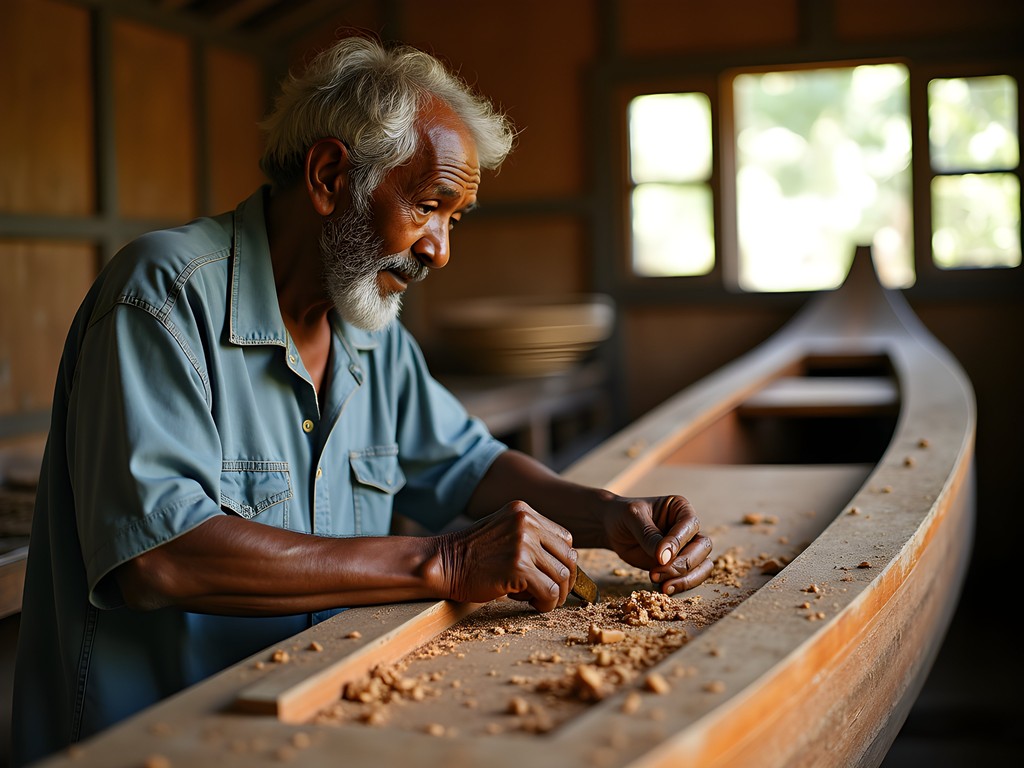
💡 Pro Tips
- Carry a small portable printer to share images with people you photograph – it transforms the experience
- Learn a few key phrases in the local dialect – even basic efforts at communication show respect
- Be prepared to put the camera away – sometimes the best photographic opportunities come after genuine non-photographic interactions
Final Thoughts
As I packed my gear on that final Georgetown morning, I realized this small Caribbean town had fundamentally shifted my photographic perspective. Beyond the technical challenges mastered and portfolio images captured, Georgetown reminded me why I first picked up a camera decades ago – to truly see places rather than merely look at them. The light here demands patience, the culture rewards respect, and the resulting images carry stories far richer than their pixels might suggest. Whether you're drawn by the technical challenge of capturing Georgetown's dramatic light or the human warmth of its community, bring not just your camera but your curiosity. The most compelling images emerge when we approach places not as subjects to capture but as worlds to understand. I'll return to Georgetown, not just for the photographs I missed, but for the conversations left unfinished and light still waiting to be understood.
✨ Key Takeaways
- Georgetown's photographic potential extends far beyond postcard views to authentic cultural documentation
- Technical mastery of extreme light conditions requires bracketing exposures and embracing slight highlight clipping
- Building genuine connections leads to photographic opportunities impossible through conventional tourism
📋 Practical Information
Best Time to Visit
December through March for clearest skies and lowest humidity
Budget Estimate
$120-180 per day including mid-range accommodation, meals and transportation
Recommended Duration
Minimum 5 days to explore thoroughly and build local connections
Difficulty Level
Moderate Due To Hilly Terrain And Limited Tourist Infrastructure


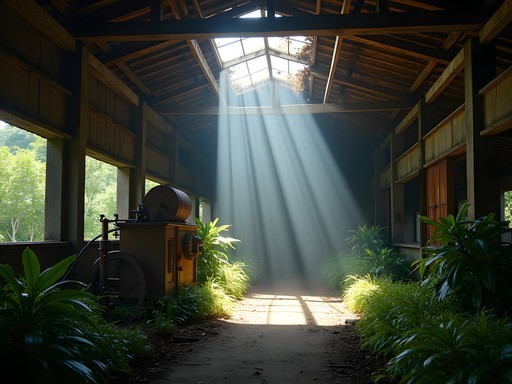
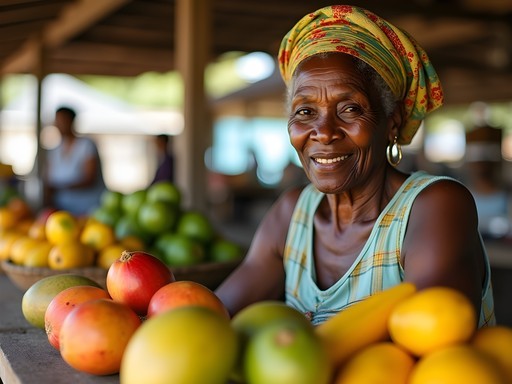
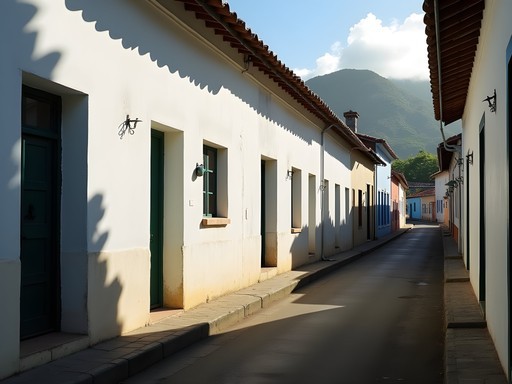
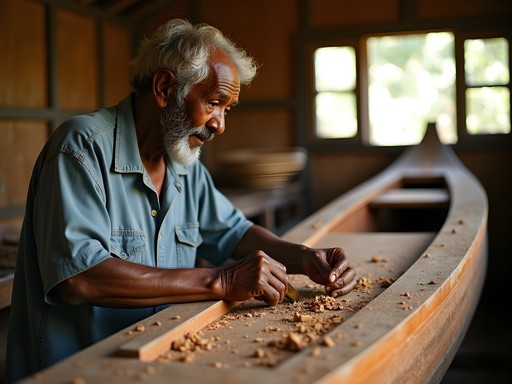



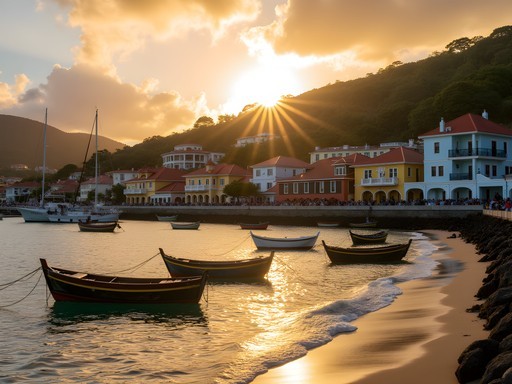

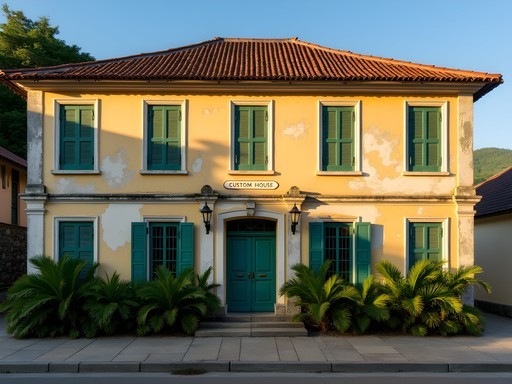
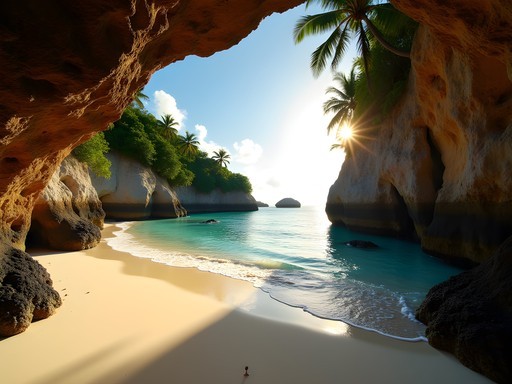



Comments
Adam Nichols
Excellent breakdown of the technical challenges of shooting in Caribbean light. I've found the contrast between deep shadows and bright highlights particularly difficult to balance when photographing the colonial architecture in Georgetown. Your suggestion about shooting during the first and last hour of daylight is spot on - the midday sun washes out all the detail. I'd add that the rainy season (May-October) creates interesting atmospheric conditions with dramatic clouds that can add depth to landscape shots. Did you encounter many issues with humidity affecting your gear during your stay?
Evelyn Rogers
Thanks Adam! The humidity was definitely a challenge. I kept silica gel packets in my camera bag and would air out all my gear each evening. Still had to clean my sensor twice during the two-week trip.
sunnymood
Love how you captured the local culture! Those market photos are bursting with life!
Fatima Sims
I visited Georgetown last year and completely agree about the magical quality of light there! The way it bounces off the water at Fort Charlotte during golden hour is unlike anywhere else I've shot. One tip I'd add - don't miss the fishing villages just outside town. The colorful boats coming in around 4pm make for stunning silhouettes against the setting sun. I found my camera bag perfect for those quick trips where you need to move fast to catch the changing light while keeping gear protected from sea spray.
wavemate
Those fishing villages are so photogenic! Did you try the local seafood while you were there?
Fatima Sims
Absolutely! Fresh lobster right off the boats - incredible and so affordable compared to back home!
sunnytime7034
Just added Georgetown to my bucket list! Those market photos with all the colorful produce and smiling locals really capture the essence of Caribbean life!
skylegend
Wow, those sunrise harbor shots are incredible! What camera setup were you using for the low light conditions?
Evelyn Rogers
Thanks! I was using my Sony A7III with a 24-70mm f/2.8 lens for most of the harbor shots. The dynamic range is perfect for those tricky dawn conditions.
photopro
The A7III is a beast in low light. I've found a polarizing filter helps cut the glare off the water too when shooting Caribbean scenes.
Savannah Torres
Just got back from Georgetown with my family last week and this post brought back all the memories! My kids are still talking about that colorful market. For anyone traveling with children who's also into photography - we found the morning light walks along the harbor were perfect for family time AND photography. The kids loved watching the fishing boats come in while I got my shots. We stayed at a small guesthouse near the old lighthouse which gave us easy access to those dawn photo spots without having to drag sleepy kids across town. One unexpected gem we found was the small botanical garden - not mentioned in many guides but the light filtering through the tropical foliage around 3pm created the most magical atmosphere for portraits!
Evelyn Rogers
The botanical garden is such a good call, Savannah! I only discovered it on my last day and didn't have enough time there. Definitely adding it to my follow-up post. Which guesthouse did you stay at? Sounds perfectly located.
Savannah Torres
We stayed at Lighthouse View Guesthouse - simple but clean and the owner Margaret is a wealth of local knowledge. She even pointed us to a tiny cove where local fishermen mend their nets each afternoon - another great photo spot!
sunsetstar
Love your perspective on Georgetown! Planning a trip there in December - did you find it crowded with other photographers at those harbor sunrise spots?
Megan Martin
Excellent guide, Evelyn. I was in Georgetown last month on assignment and can confirm everything you've mentioned about the light challenges. That section on 'Mastering Caribbean Light' is particularly helpful. One tip I'd add for photographers heading there: the contrast between shadow and light is extreme, so I found bracketing exposures essential, especially in the narrow streets of the old town. Also, don't miss the view from Fort Charlotte at sunset - the harbor lights up in this incredible copper tone that I haven't seen anywhere else in the Caribbean. Looking forward to your next photography guide!
sunsetstar
Fort Charlotte at sunset sounds amazing! Is it easy to get to? Safe for solo travelers?
Megan Martin
Absolutely safe for solo travelers! It's about a 15-minute taxi ride from the center. I'd recommend arranging for the driver to wait or pick you up later, as finding transportation back after sunset can be tricky.
escapegal
These photos are STUNNING!! 😍 Georgetown just shot to the top of my bucket list! That shot of the fisherman with the nets at sunrise is pure magic. How early did you have to wake up for that one?
wavemate4955
Going to Georgetown in November! What camera settings did you use for those market photos? The colors look amazing but whenever I try to capture markets everything ends up looking flat.
Evelyn Rogers
For the markets, I mostly shot with a wide aperture (f/2.8) to isolate subjects, and slightly underexposed to preserve those vibrant colors. Caribbean sun can easily blow out colors if you're not careful! I used my prime lens for most of those shots - perfect for markets.
Venture X
Premium card with 2X miles, $300 travel credit, Priority Pass